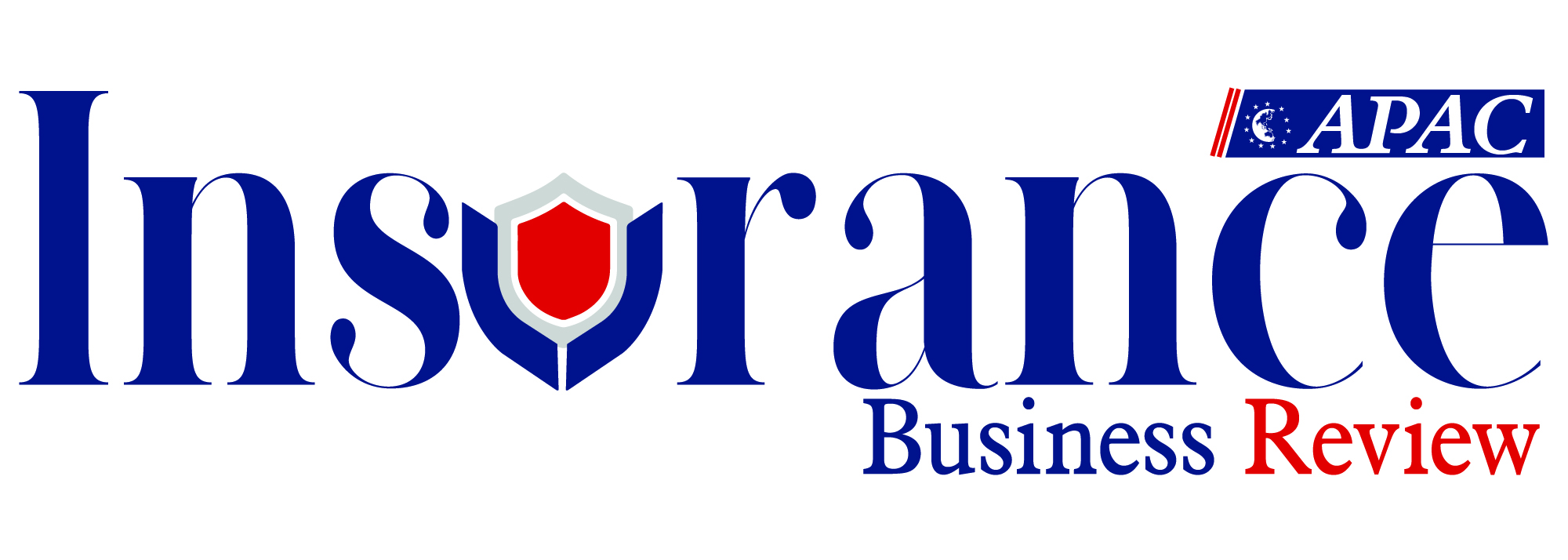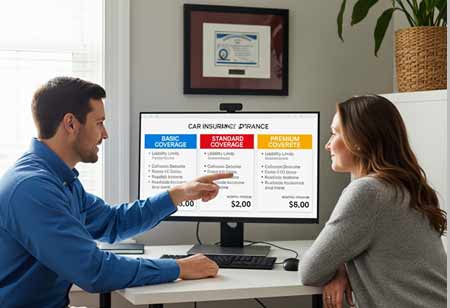Thank you for Subscribing to Insurance Business Review Weekly Brief
Reimagining Business Insurance in the Age of Volatility
Businesses are adopting technology-driven insurance solutions to enhance resilience and risk management, shifting from reactive to proactive strategies amidst growing volatility and complexity.

By
Insurance Business Review | Monday, September 29, 2025
Stay ahead of the industry with exclusive feature stories on the top companies, expert insights and the latest news delivered straight to your inbox. Subscribe today.
In today’s era of heightened volatility, businesses operate in a landscape marked by evolving risks—from digital threats and supply chain disruptions to climate-related events and economic uncertainty. In such conditions, the traditional one-size-fits-all approach to insurance is no longer adequate. Forward-looking organizations are increasingly adopting technology-driven insurance solutions to strengthen resilience and secure a competitive advantage. This convergence of insurance and technology goes beyond digitizing existing processes; it represents a fundamental transformation in how businesses assess, manage, and mitigate risk.
The ongoing digital transformation across industries has unlocked a wealth of data, providing the raw material for more sophisticated and nuanced risk management strategies. This data, when harnessed effectively, enables a shift from reactive claims processing to proactive risk prevention and mitigation. The integration of advanced technologies is at the heart of this transformation, allowing the creation of scalable and customized insurance products tailored to the specific needs and risk profiles of individual enterprises.
The Technological Bedrock of Modern Risk Management
At the core of this evolution, Artificial Intelligence (AI) and machine learning (ML) algorithms are capable of analyzing vast and complex datasets to identify patterns and predict potential risks with a high degree of accuracy. This enables a more dynamic and data-driven approach to underwriting, moving beyond historical data to incorporate real-time information and predictive modeling. By leveraging AI, insurers can gain a deeper understanding of a company's unique risk exposures, resulting in more precise pricing and customized coverage.
Complementing the analytical power of AI is the expansive reach of the Internet of Things (IoT). Connected sensors and devices deployed across a business's operations—from manufacturing floors and supply chains to corporate vehicle fleets—provide a continuous stream of real-time data. This granular insight into operational risks allows for the development of innovative insurance models. For instance, telematics data from commercial vehicles can inform usage-based insurance policies, where premiums are directly correlated with driving behavior and vehicle utilization. In a similar vein, IoT sensors in commercial properties can monitor for potential hazards such as water leaks or fire risks, enabling early intervention and loss prevention.
The secure and transparent nature of blockchain technology is also finding significant applications in the enterprise insurance sector. By creating an immutable and shared ledger, blockchain can streamline complex processes such as claims management and reinsurance. Smart contracts, which are self-executing contracts with the terms of the agreement directly written into code, can automate claims payouts when predefined conditions are met. This not only accelerates the claims process but also enhances transparency and reduces the potential for disputes.
The Dawn of Proactive and Personalized Risk Mitigation
The convergence of these technologies is giving rise to a new paradigm of proactive and personalized risk mitigation. Instead of simply providing financial compensation after a loss has occurred, the focus is shifting towards preventing losses from happening in the first place. By continuously monitoring a business's risk environment, technology-enabled insurance solutions can provide early warnings and actionable insights to help mitigate potential threats.
The growing adoption of parametric insurance further enhances this proactive stance. Unlike traditional indemnity-based insurance, which covers the actual loss incurred, parametric insurance pays out a predetermined amount when a specific, measurable event occurs. This could be a natural catastrophe of a certain magnitude, a significant supply chain disruption, or a major cybersecurity breach. The key advantage of parametric insurance is the speed and certainty of the payout, as it eliminates the need for a lengthy and often complex claims assessment process. This rapid infusion of capital can be critical for a business's survival and recovery in the immediate aftermath of a significant event.
The rise of embedded insurance is also seamlessly integrating risk management into the core business operations. By embedding insurance coverage directly into the products and services that a business offers, risk protection becomes a native component of the customer experience. This not only generates new revenue streams for the industry but also fosters customer loyalty by providing a more comprehensive and convenient solution. For example, a logistics provider can offer embedded cargo insurance to its customers at the point of booking, providing them with immediate and tailored protection for their shipments.
Building the Resilient Enterprise of the Future
The integration of advanced technology into enterprise risk management is not just about adopting new tools; it represents a fundamental shift in mindset. It is about moving from a static, retrospective view of risk to a dynamic, forward-looking one. It is about empowering businesses with the insights and capabilities they need to not only survive but thrive in an increasingly uncertain world.
The scalable solutions emerging from the intersection of technology and insurance are enabling businesses of all sizes to access a level of risk management expertise that was previously reserved for large corporations. By leveraging the power of data and technology, these solutions are democratizing risk management, making it more accessible, affordable, and effective for a broader range of enterprises.
The pace of innovation in this space is set to accelerate significantly. Advancements in AI, IoT, and other emerging technologies will open new avenues for understanding and managing risk. Organizations that embrace this transformation and collaborate with forward-looking insurance providers will be best positioned to navigate the complexities of today’s business landscape and cultivate a more resilient, prosperous future.
More in News






